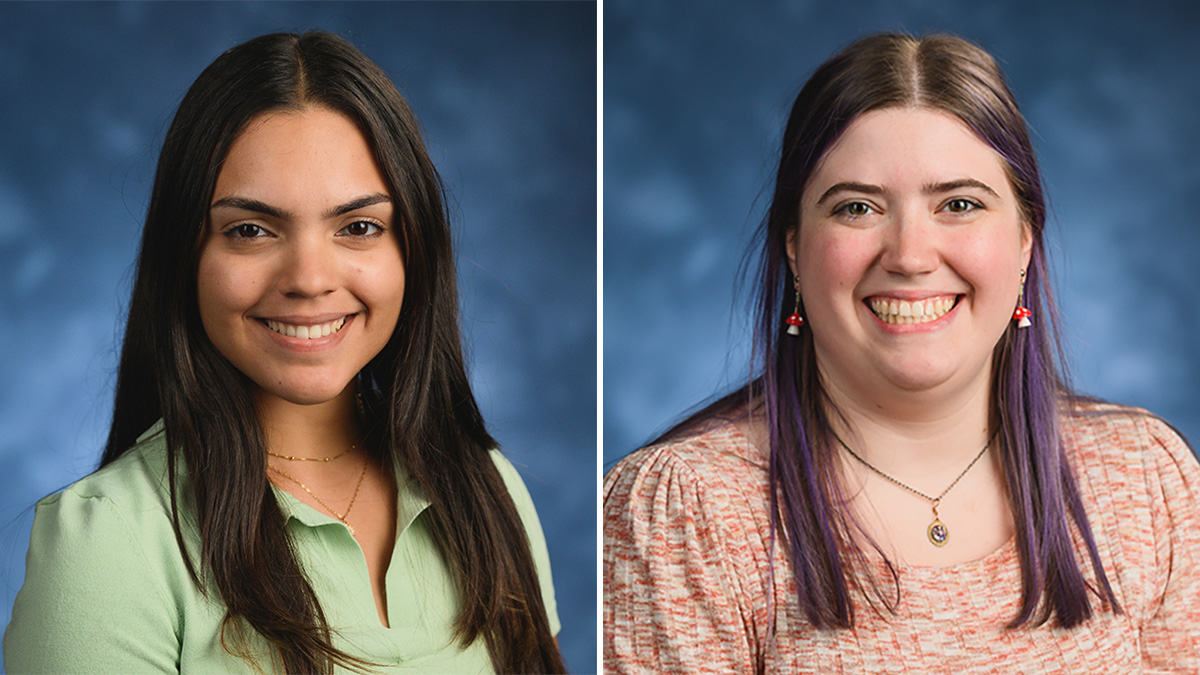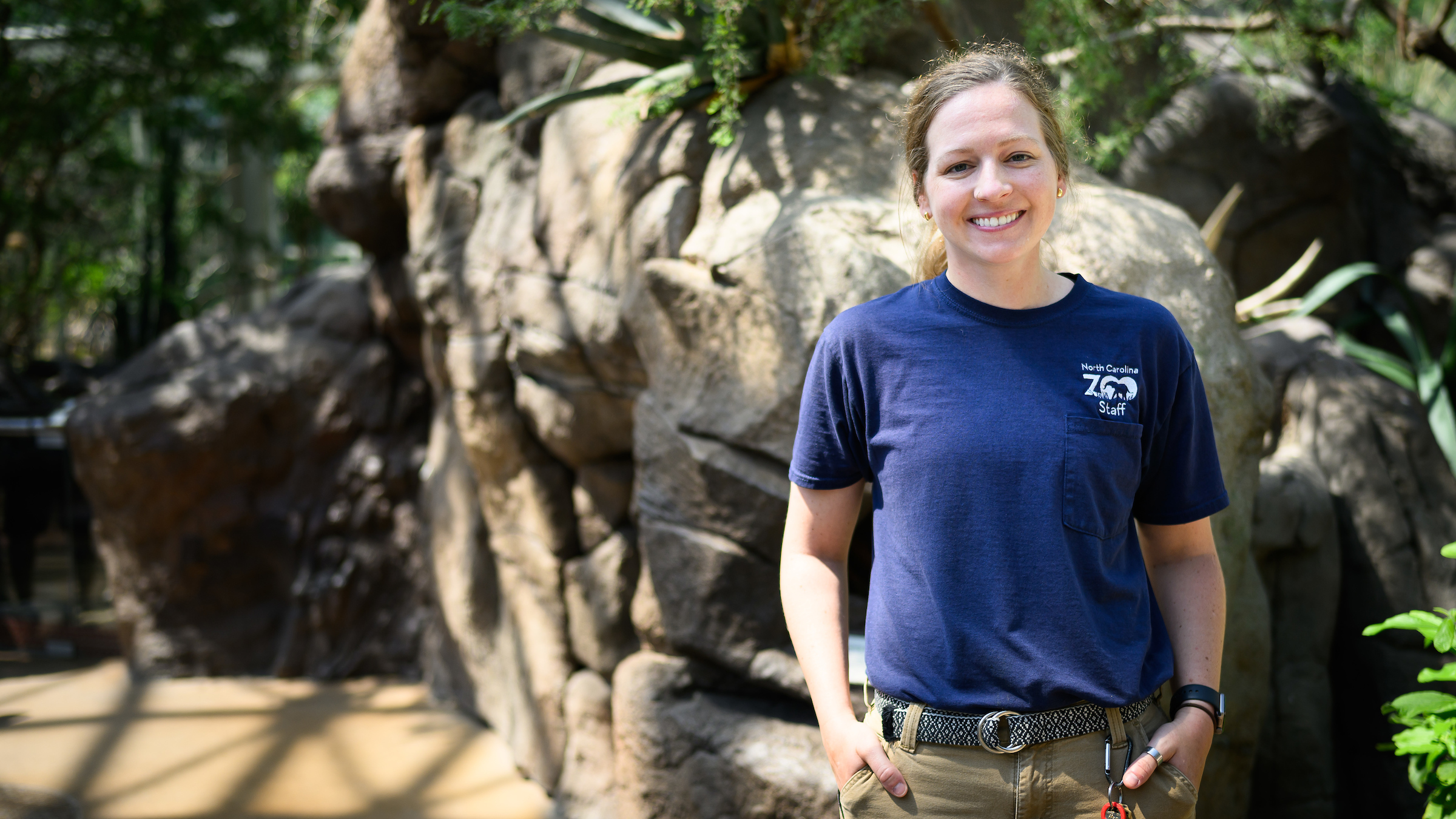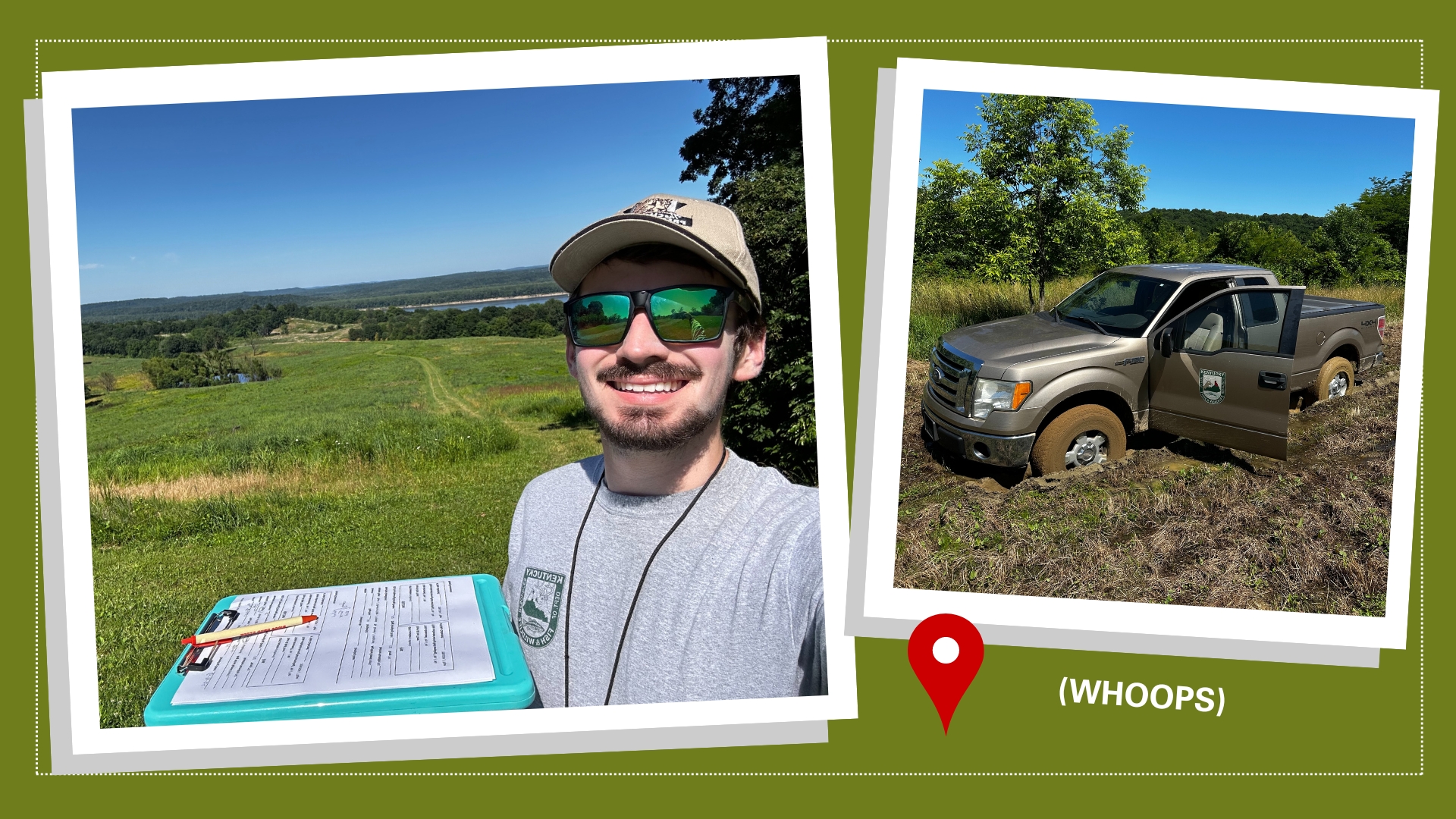From the May Wildlife Rehabilitation Center in Western North Carolina, Meghan Chung Reports
Students at the NC State College of Veterinary Medicine have access to all kinds of internships, externships and research experiences during their four years of school. This summer, several students are sharing some of what they're doing and learning in real time.
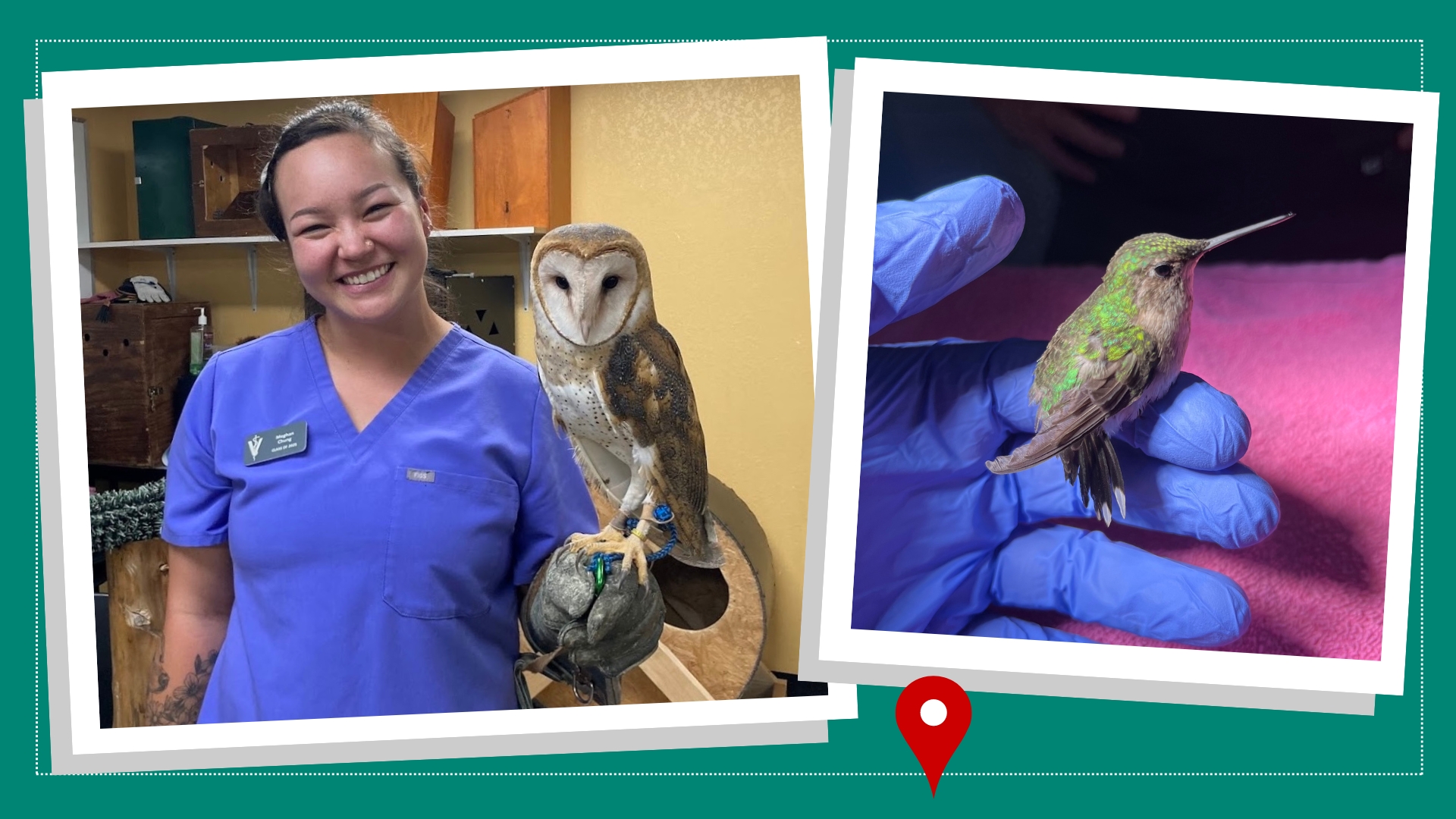
My name is Meghan Chung, I’m a fourth-year veterinary student focusing in zoological medicine. I am currently rotating through the May Wildlife Rehabilitation Center at Lees McRae College in Banner Elk, North Carolina.
The May Wildlife Rehabilitation Center annually admits more than 1,500 injured or orphaned wildlife patients from the western part of North Carolina. Some of these patients have lost a parent or left the nest too soon. Others have suffered more severe injuries that require medical, surgical and rehabilitative care.
Under the guidance of veterinarians Dr. Sam Young and Dr. Miranda Torkelson, veterinary students are given the opportunity to help contribute to the rehabilitation program while engaging in a one-of-a-kind, hands-on learning experience.

I have been able to gain experience in triage and initial patient assessment, medication dosage calculation and administration, treatment plan, wound care, anesthesia, physical therapy, surgeries and more.
Each day begins with rechecking patients that are under our care that require active medical attention and treatment. Once exams are complete, I write medical records to document any findings of concern, improvement or decline, treatments performed and our medical plan for each patient.
This first week I assisted with recheck exams that included a wide range of medical problems such as wing fractures, limb fractures, head/spinal trauma, corneal ulcers, lacerations and wound management on a variety of species including a red-bellied snake, a water snake, song sparrows, eastern bluebirds, northern cardinals, blue jays, a brown thrasher, northern mockingbirds, American crows, a common raven, a bullfrog, Virginia opossums, eastern cottontails, white-tailed deer fawns, a little brown bat, eastern box turtles and a ruby-throated hummingbird.
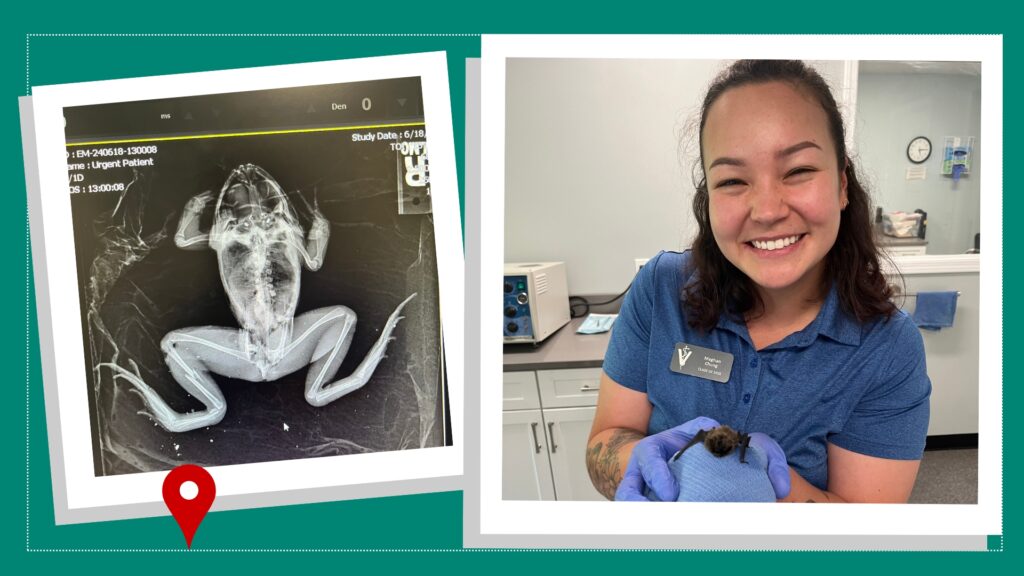
I was lucky enough to get to join a group of undergraduate students on a field trip to the Greensboro Science Center, where Dr. Young was previously vice president of Animal Health. We were able to observe a semen collection procedure from a serval that will be used for artificial insemination and species conservation efforts. We also went behind the scenes to meet some of their resident animals and talk to their keepers and curators.
In addition to learning as much as I can from the veterinarians I’m working with, I’ve really enjoyed getting to know and learn from the undergraduate students who keep the wildlife center running. Many of them are working on their wildlife biology degrees so they can specialize in wildlife rehabilitation or field biology. Some of them are pre-veterinary majors with a minor in wildlife rehabilitation and plan on applying to veterinary school in the near future. It has been fun to be able to provide mentorship and answer their questions about vet school and the veterinary field in addition to the medicine aspect of this rotation.
- Categories:
